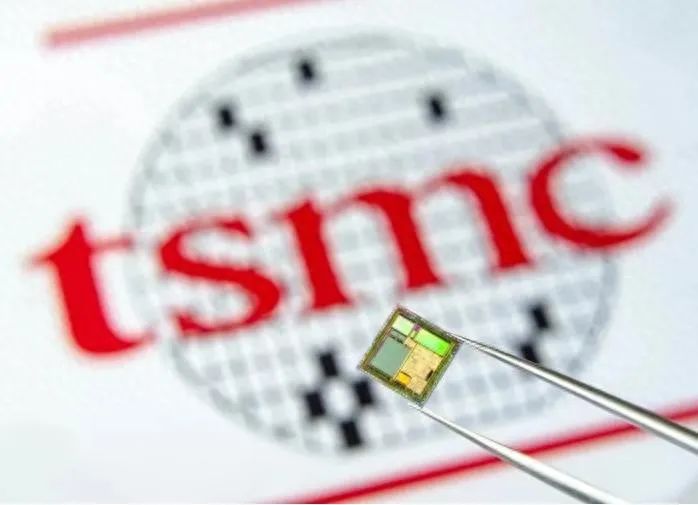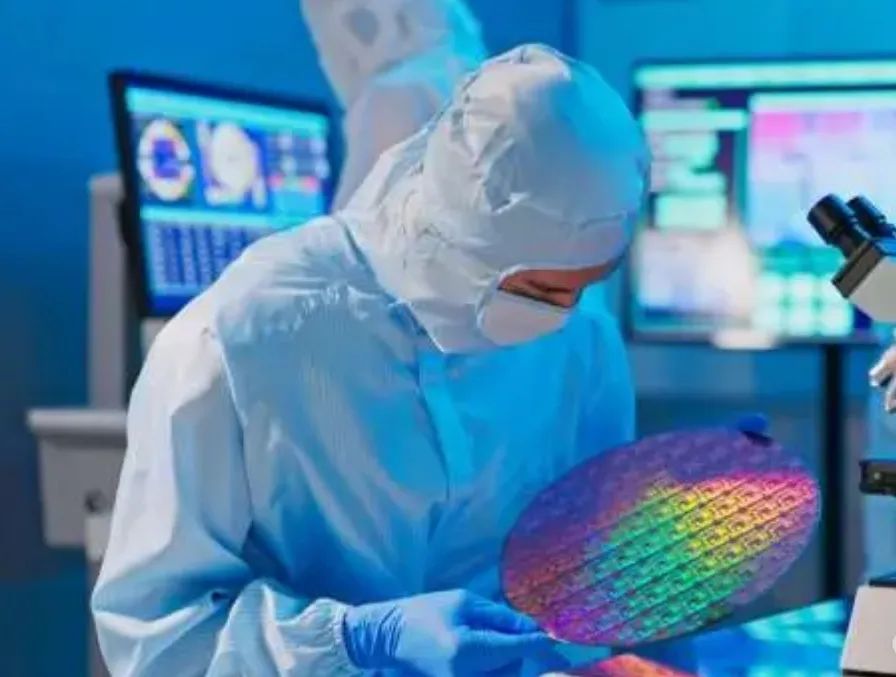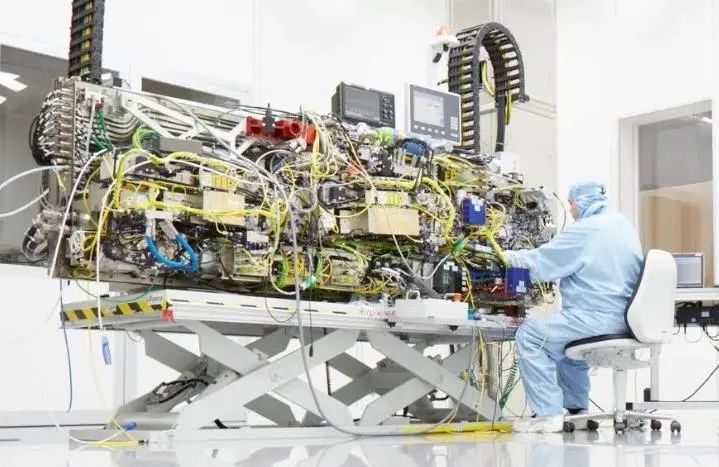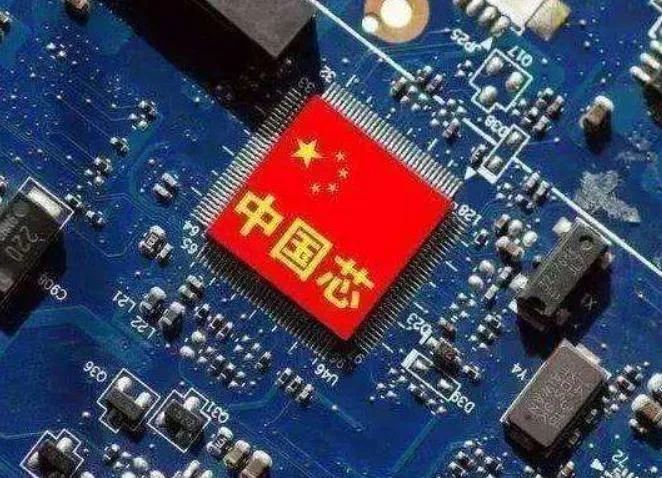1. TSMC’s “Americanization”: From Technology Transfer to Mass Migration
Recently, TSMC announced an additional investment of $100 billion in the United States, combined with a previous plan of $65 billion, bringing the total to $165 billion, setting a record for the largest foreign investment in U.S. history. This substantial amount will be used to build six chip factories, two packaging and testing plants, and one research and development center, which will account for 30% of TSMC’s total production capacity once operational.

Even more astonishing is that TSMC’s 21 core suppliers—including companies like HanTang, ZhaoLian, and HuaMao—have also announced plans to build factories in the U.S.
This means that not only is advanced process technology being transferred, but the entire semiconductor supply chain ecosystem is migrating to the United States. TSMC is becoming a true “American TSMC”.
2. The Supply Chain’s Collective “Runaway”: Analyzing Four Major Driving Forces
Why are these companies leaving Taiwan? The core reasons are fourfold:
-
Binding Major Clients: Providing close service to TSMC’s U.S. factories to ensure stable orders;
-
Exploring New Markets: Seizing the opportunity to enter the supply chains of U.S. chip manufacturers like Intel and GlobalFoundries;
-
Avoiding Tariffs: The Trump administration imposed a 32% tariff on Taiwanese semiconductor products, and producing in the U.S. can reduce costs;
-
Political Risk Aversion: Choosing sides in the U.S.-China tech war and seeking protection from the U.S.
This “clustering effect” is forming: wherever TSMC goes, the supply chain follows. Just like Foxconn followed Apple in moving overseas, the semiconductor industry is undergoing an unprecedented mass migration.

3. The U.S. “Chip Rejuvenation” Plan: TSMC as a Key Player
The U.S. semiconductor manufacturing industry has long faced the dilemma of “hollowing out”:
-
Design capabilities are the best in the world (accounting for 50% market share)
-
Manufacturing capacity is severely lacking (only accounting for 10% of the global total)
TSMC’s move to the U.S. directly addresses three major pain points:
-
Bridging the Advanced Process Gap: U.S. companies like Intel are lagging in processes below 7nm;
-
Improving the Supply Chain Ecosystem: The entry of 21 supporting companies will significantly reduce production costs;
-
Creating Job Opportunities: The Arizona factory has already created tens of thousands of high-paying jobs.
As U.S. Secretary of Commerce Gina Raimondo stated, “TSMC’s investment will ensure that the U.S. regains control over the chip supply chain.”

4. The “Rooting Out” Crisis of Taiwan’s Industry
This migration could be fatal for Taiwan:
-
Technology Outflow: Advanced processes like 3nm/2nm are gradually being transferred to the U.S.;
-
Job Loss: Thousands of engineers are moving to the U.S. with their families;
-
Industry Hollowing Out: In 2023, the semiconductor output value accounted for 18% of Taiwan’s GDP; if core segments move out, the economic pillar will collapse.
Even more severe is that the U.S. requires companies receiving subsidies under the CHIPS Act to “not expand production in China for ten years,” effectively forcing TSMC to completely “decouple”.
5. How Can Mainland China Break the Deadlock? Self-Sufficiency is the Only Way Out
In the face of the restructuring of the semiconductor industry chain, we need to:
-
Accelerate Domestic Substitution: Companies like SMIC and Yangtze Memory Technologies must break through the 5nm process bottleneck;
-
Build a Self-Sufficient Ecosystem: From EDA tools to semiconductor equipment, reduce dependence on ASML and Applied Materials;
-
Talent Competition: Retain Chinese engineers with more attractive policies;
-
Layout in Emerging Fields: Achieve a leapfrog in areas like Chiplet and quantum chips.

Conclusion: A Game Without Winners
TSMC’s choice reflects the helplessness of small economies in the great power game. But history tells us: core technologies cannot be obtained through begging. Only by insisting on independent innovation can we break the fate of being “choked”. This chip war has no way back.